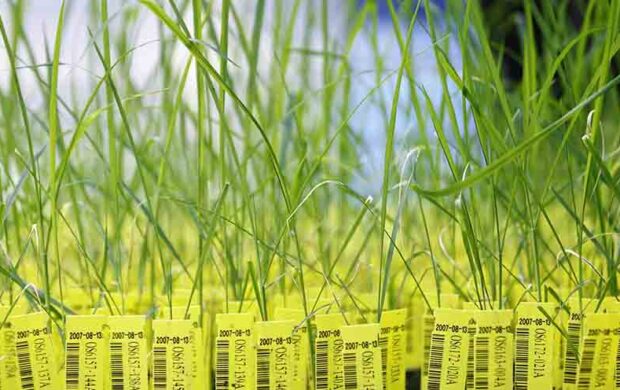Giorgio Bonacchini and his team at the instituto Italiano di Tecnologia (IIT) in Genoa, Italy have printed organic electronic components onto edible objects such as pharmaceutical pills and fruit, and tested the properties of the resulting circuits. The company use an inkjet-printing technique to create electronic circuits on transfer paper and four different semiconducting polymers to create a variety of organic field-effect transistors and logic inverters. Although there have been some questions of biocompatability, particularly around human consumption, the team is confident that they have created a “simple and versatile platform for the integration of fully printed organic circuitry on food and pharmaceutical drugs.”












